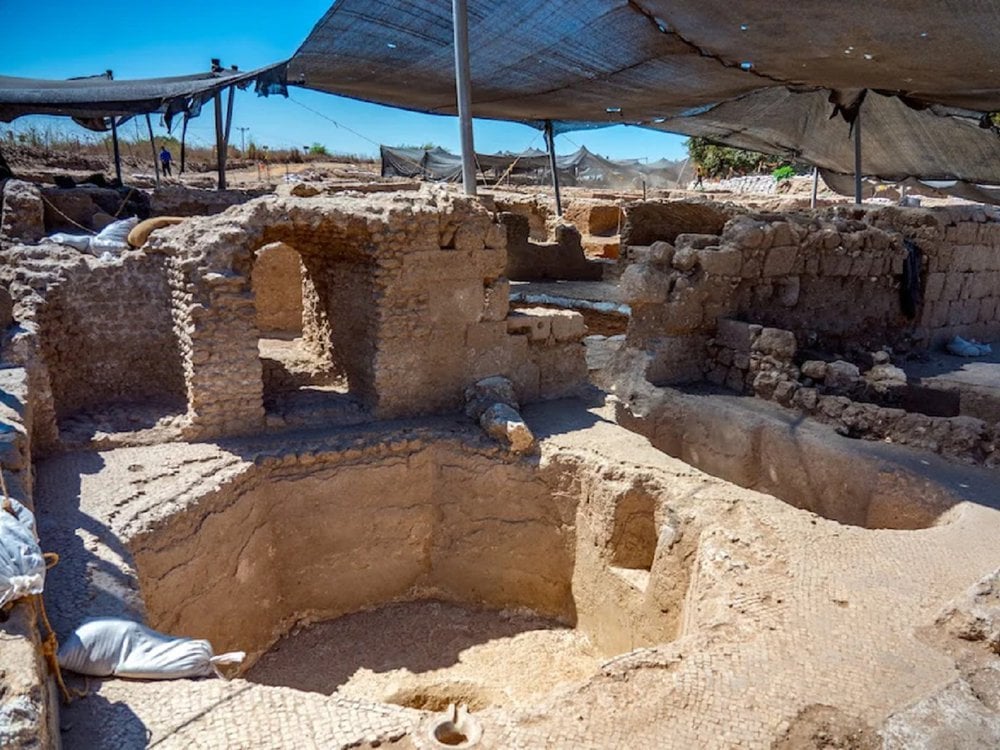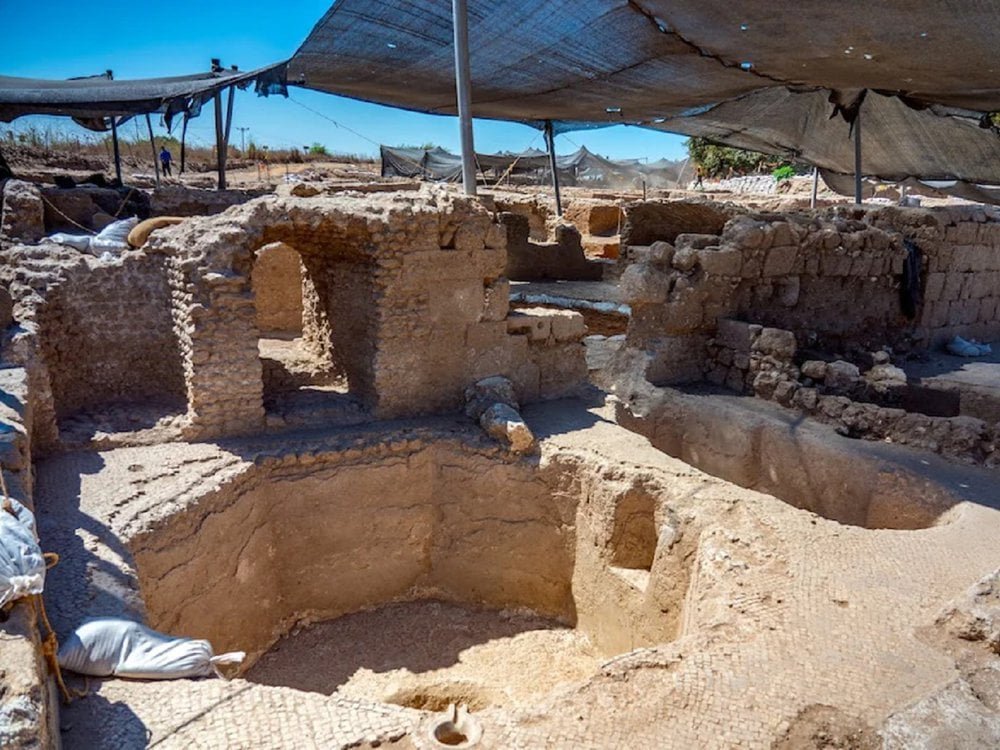
The wine industry in the Negev Desert, Israel, played a key role in the local economy during the Byzantine period, according to new research by the University of Haifa. Despite harsh desert conditions, wine production flourished for centuries—though it remained highly vulnerable to fluctuations in rainfall.
The findings, published in the journal PLOS ONE, offer new insight into how ancient communities sustained commercial agriculture in one of the most arid regions of the Mediterranean. Using a specialized computer model, researchers traced the growth and eventual decline of the Negev wine industry between the fourth and seventh centuries CE.
“Our research shows that ancient societies knew how to adapt to extreme climates and how dependent they were on natural resources and the ability to exploit them fully,” said Professor Guy Bar-Oz, a co-author of the study. “This is an important insight for the current era of climate change as well.”
Researchers focused on resilience in extreme conditions
Bar-Oz led the study in collaboration with Professor Gil Gambash, doctoral student Barak Garty of the School of Archaeology and Maritime Cultures, and Professor Sharona T. Levy from the Faculty of Education. Their goal was to understand how communities maintained large-scale wine production in such a dry environment.
Wine has long been one of the most valuable crops in the Mediterranean Basin. In the Negev, it reached its peak during the Byzantine period, when farming communities developed advanced water-harvesting techniques to support vineyards. These included stone terraces, drainage channels, dams, and storage pits that collected scarce rainwater.
Model shows how ancient farmers managed the desert
While earlier studies documented these agricultural methods, the new research marks the first time a data-driven model has been used to assess their effectiveness. The model combined archaeological records with historical climate and soil data to simulate rainfall patterns, runoff, evaporation, and crop yields.
Wine in the Desert: A 1,500-Year-Old Success Story
Archaeologists just uncovered a fascinating story in Israel’s Negev Desert: during the Byzantine period, this dry, rocky region was booming with vineyards.
Yep—around 1,500 years ago, farmers were producing high-quality wine… pic.twitter.com/UP4JucsSNW
— History Content (@HistContent) July 17, 2025
“The model allows us to simulate different scenarios and examine what happens to the agricultural system when the climate changes or when precipitation decreases dramatically,” the research team said.
“We created a tool that gave us a near real-time glimpse into how the desert inhabitants planned their agriculture and responded to extreme situations.”
The simulations indicated that farmers could produce substantial quantities of wine even with annual rainfall below 100 millimeters. Vineyard placement was critical—those located in wadis, or dry riverbeds that collect runoff, had a higher likelihood of survival. However, the system remained highly sensitive to climate stress.
Droughts brought sharp declines and slow recovery
A two-year drought reduced wine yields by nearly 30%, while a five-year drought cut output by more than 60%, according to the model. Full recovery after prolonged dry periods could take more than six years.
“Our findings show how difficult it was to maintain agriculture in the desert,” the researchers said. “This is an important lesson for our time, highlighting the limitations of agriculture in arid regions and encouraging us to plan systems that will better cope with climate change.”


